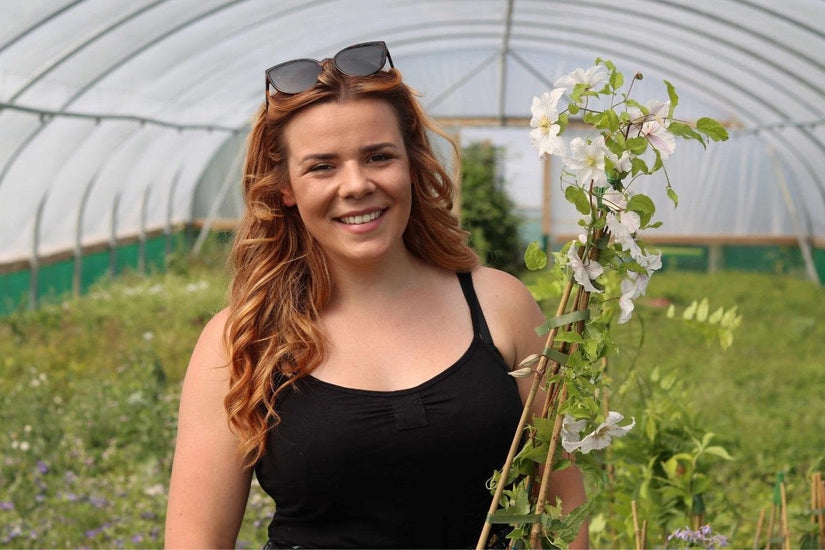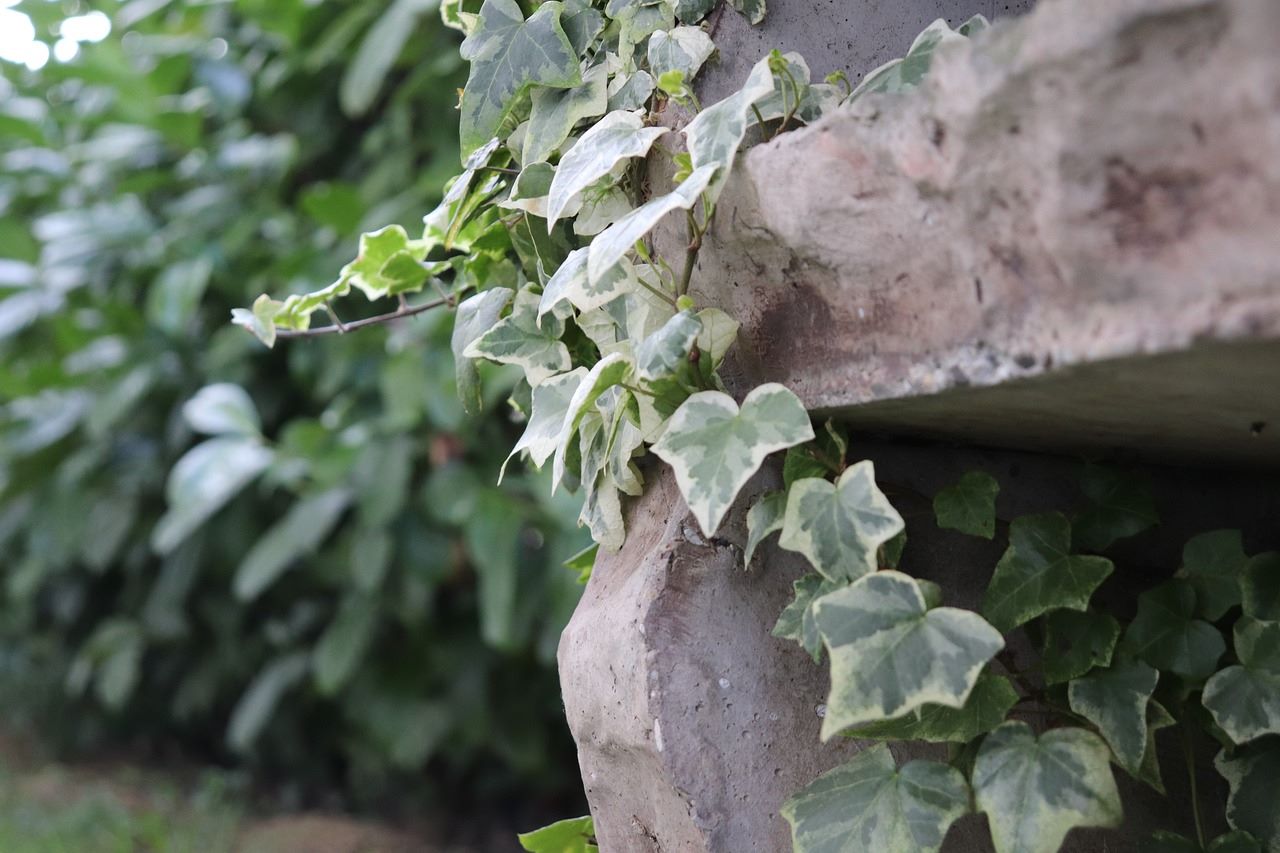Ivy Plants
Super versatile, fast growing ivy can be used as a feature plant, as a backdrop for flowering climbers or to cover up a less than lovely wall or shed. Hardy, shade tolerant and fantastic for wildlife, choose from classic shades of green or mix it up with colourful variegated varieties.
Need help picking?Sort and filter
Cheltenham
Meet Mollie
Climbers grown by specialists at the height of their game
What does it take to grow the strongest and best climbing plants in the show tent? Organic fertilisers, natural pest control and years of dedication from Mollie, our expert grower in Worcestershire. Professionally pruned and checked by hand, they’re guaranteed to put on a gold standard display in your garden, too.
Need help picking?
Ivy FAQs
What is the best place for growing ivy?
Ivy will grow practically anywhere! It prefers a moist, well drained soil, but can tolerate and even thrive in adverse conditions and low light levels. The ideal place to plant it is a partially shaded spot with a wall, fence or tree to climb up, although it will also spread horizontally to form a groundcover if no vertical support is available.
Will ivy grow in shade?
Ivy is a great choice for growing in shadier spots, as it’s a woodland plant and has evolved to grow in the dappled shade beneath trees. Having said that, although it will tolerate full shade, it won’t thrive there as it needs a little light to grow healthily. Each variety is different, so it’s best to check that the ivy you choose is suitable for where you plan to grow it.
How fast does ivy grow?
Ivy is a fast growing plant: generally speaking you can expect around 15-25cm or more of growth per year, depending on the variety and the conditions it’s growing in.
How often should I water outdoor ivy?
Newly planted ivy should be watered regularly, and the soil kept moist but not waterlogged. Once the plant is established (after a year or so) you won’t need to water so often; only in prolonged spells of dry or hot weather.
Do outdoor ivy plants need feeding?
Ivy plants don’t usually need fertiliser, but if you want to give your ivy a growth boost, you can apply some general purpose feed annually in spring.
How do I prune outdoor ivy?
Ivy doesn’t need to be pruned for its health, but as it’s a fast growing plant, you will probably want to prune it to fit your space at some point. You can prune back your ivy at any time of year, but early spring is best, before the new growth begins. It’s best to wear gardening gloves to prune ivy, as some kinds can irritate your skin.
Do ivy plants need support?
Ivy doesn’t need to be tied in to a support network in the same way that many climbers do. It’s a self clinging plant, which means that it attaches itself to surfaces such as walls, trees, fences and buildings using suckers or aerial roots, covering them quickly and densely.
Is ivy good for wildlife?
Ivy is a great plant for wildlife, especially the UK native varieties of ivy (Hedera helix). Its dense growth provides shelter and nesting opportunities for birds, insects and small mammals, as well as protection from predators and bad weather. Once it matures and starts to produce flowers and berries, your ivy will also attract pollinating insects in spring and birds such as blackbirds and thrushes in winter. Perhaps most importantly, ivy contributes to green corridors, connecting diverse garden habitats and allowing animals to colonise different areas.








